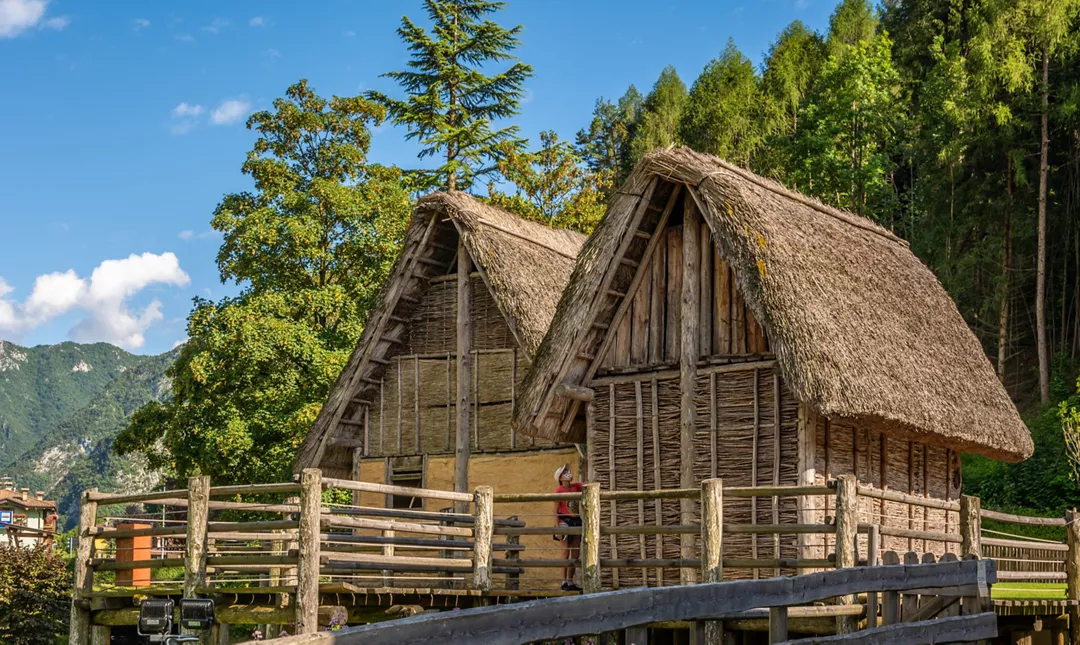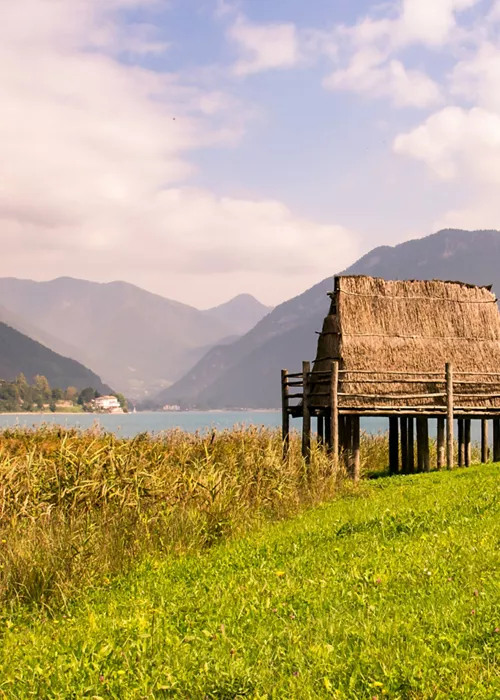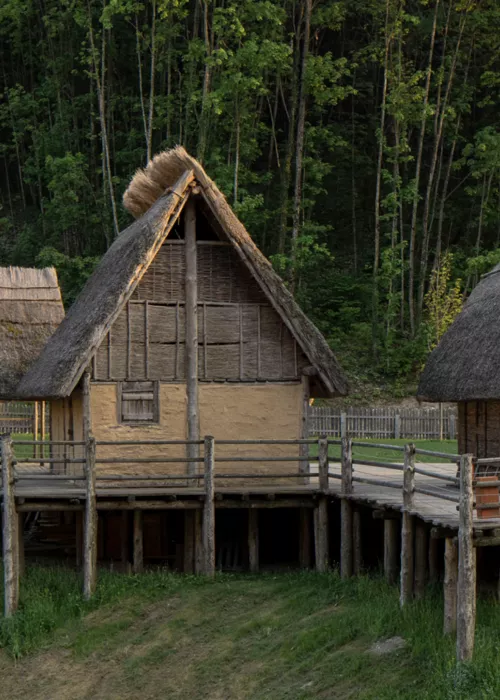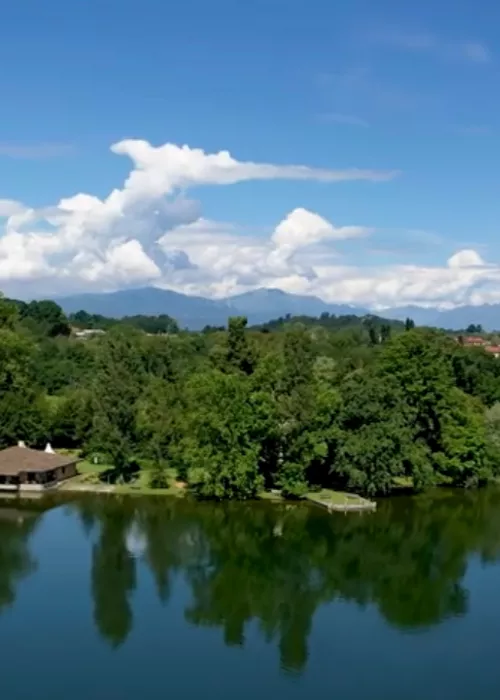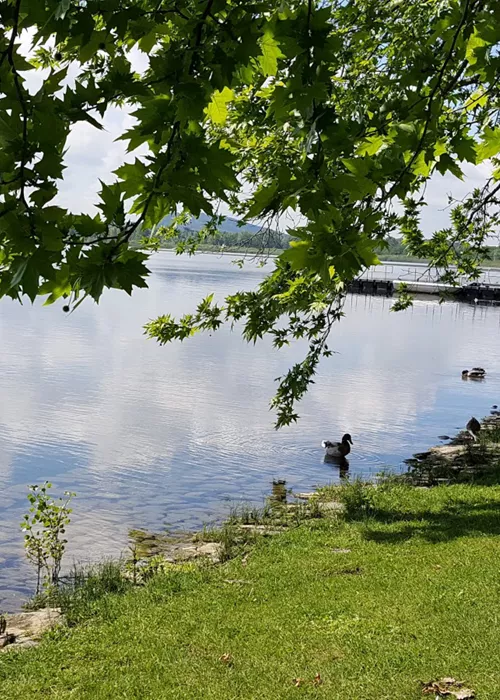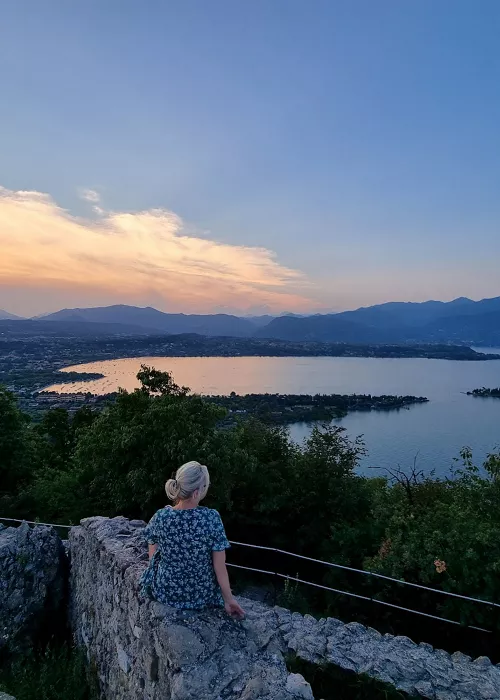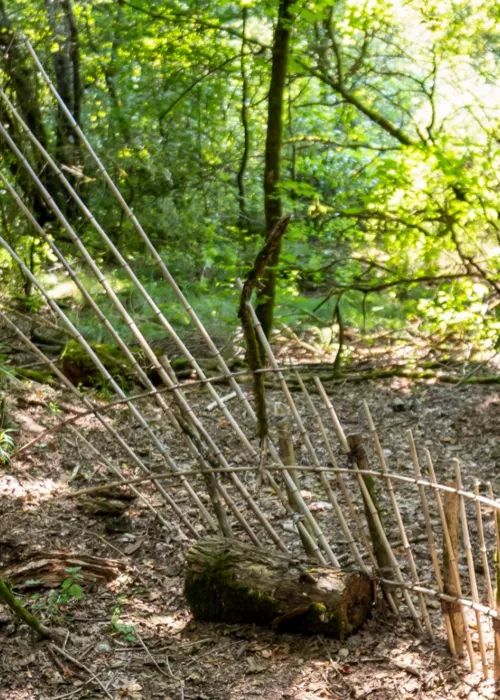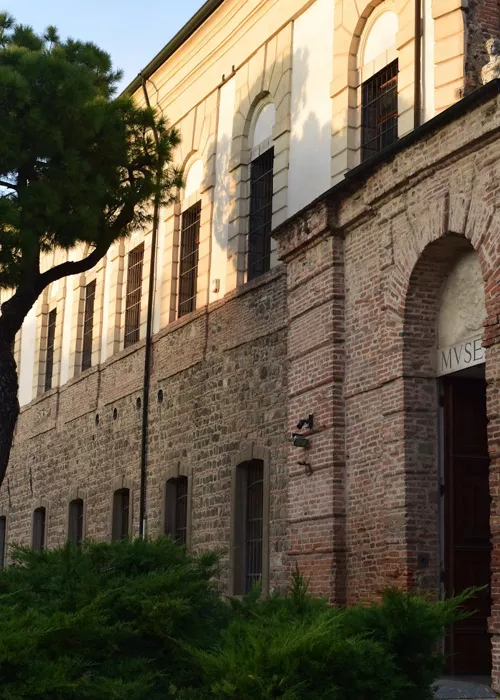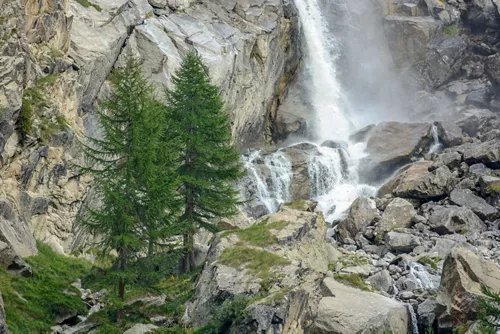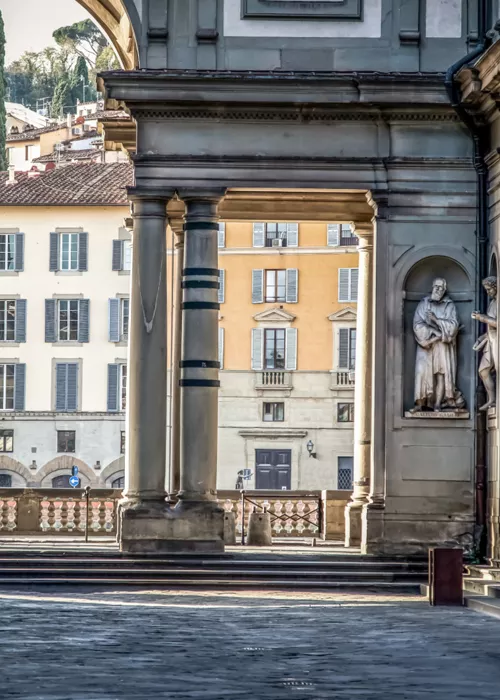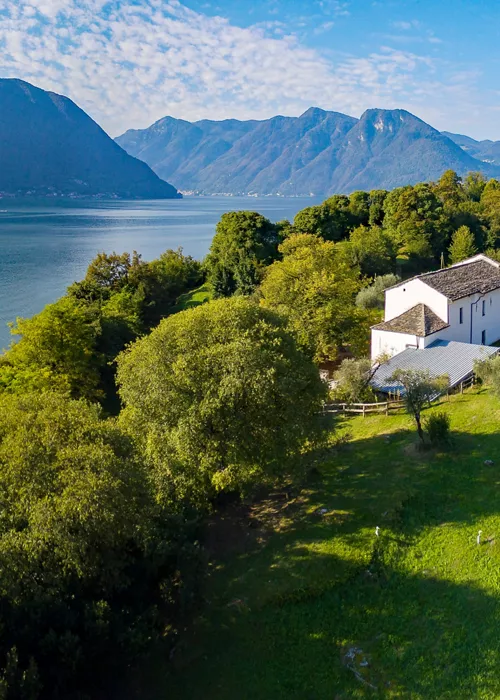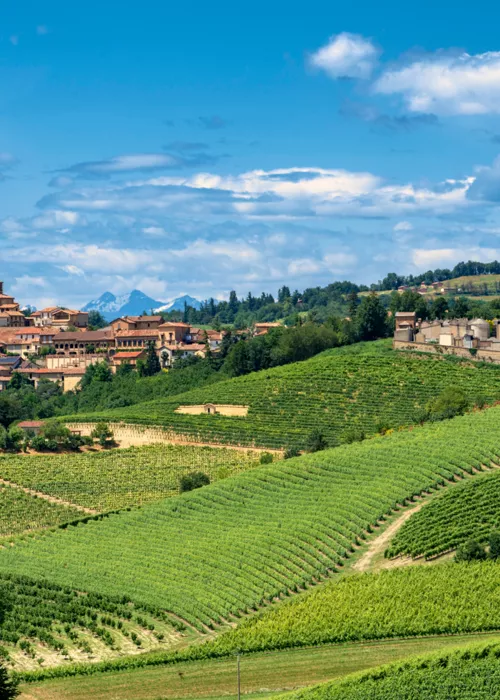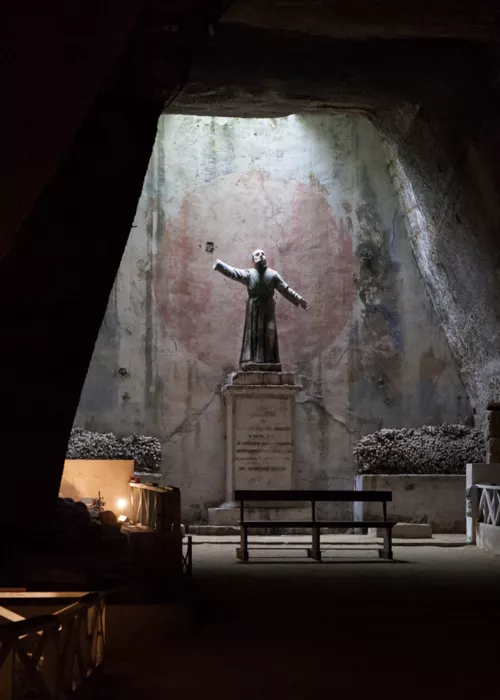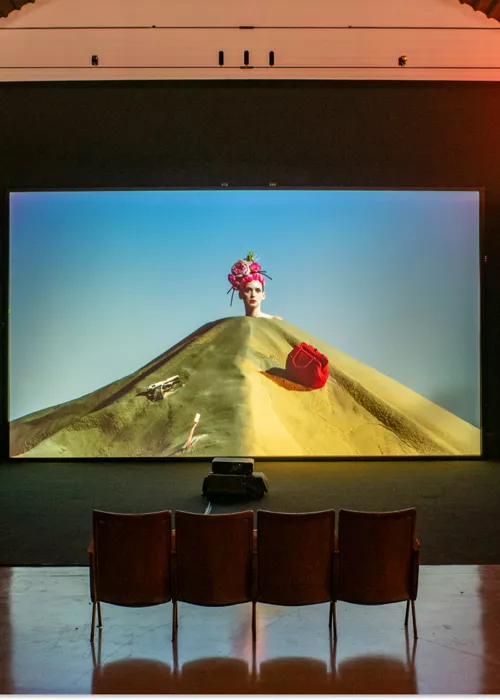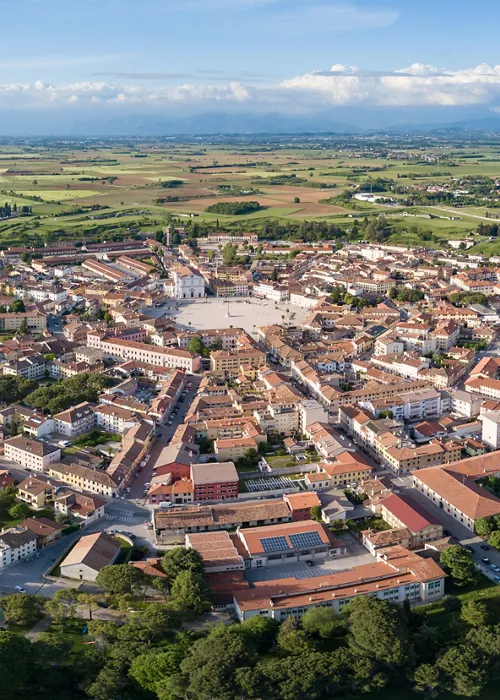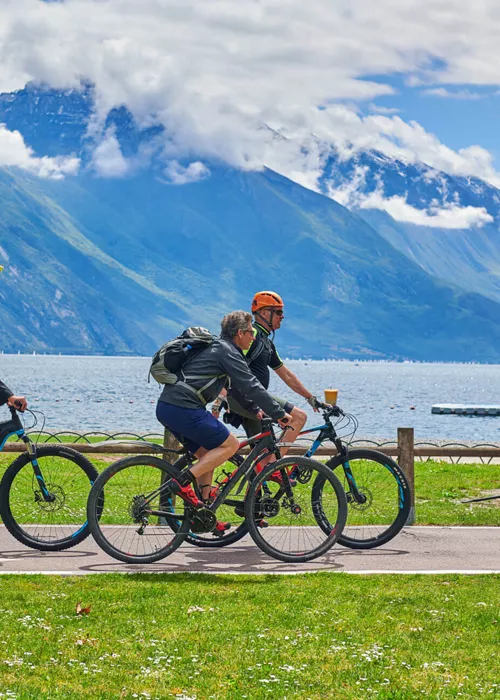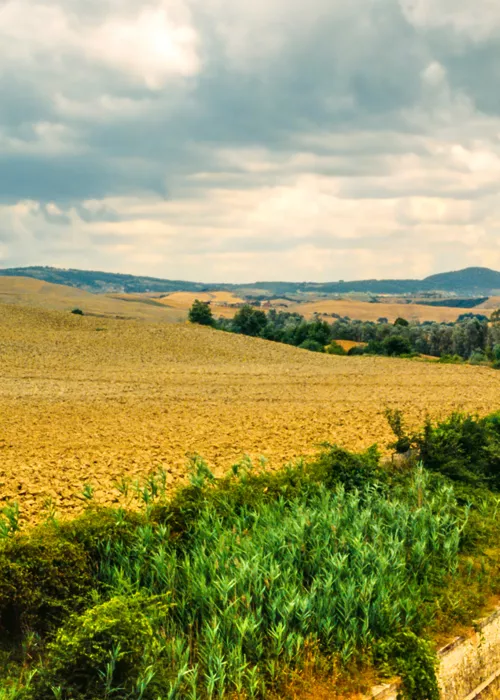Prehistoric pile-dwelling sites in the Alps
3 minutes
Scattered across Switzerland, Austria, France, Germany, Italy and Slovenia, these UNESCO World Heritage Sites are valuable evidence of the pile-dwelling settlements of prehistoric communities.
There are 19 in Italy, located in the immediate vicinity of lakes or the wetlands in Lombardy, Veneto, Piedmont, Friuli Venezia Giulia, Trentino and Alto Adige.
What are pile-dwelling sites and where are they found?
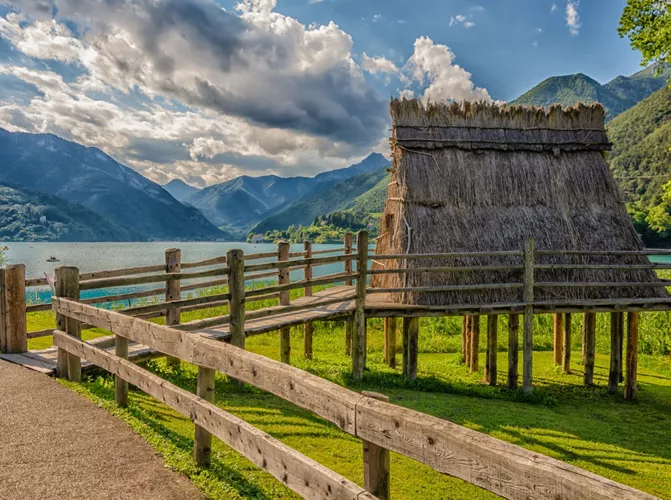
The prehistoric pile-dwelling sites in the Alps are unique evidence of how prehistoric people, between the Neolithic and Bronze Ages, settled in Alpine Europe, in environments characterised by an abundance of water.
Most of these sites are in Switzerland, but Italy can boast of particularly valuable sites on Lake Varese, where the oldest examples of prehistoric pile-dwelling have been identified, and on Lake Garda.
History and Information on Pile-Dwelling Sites
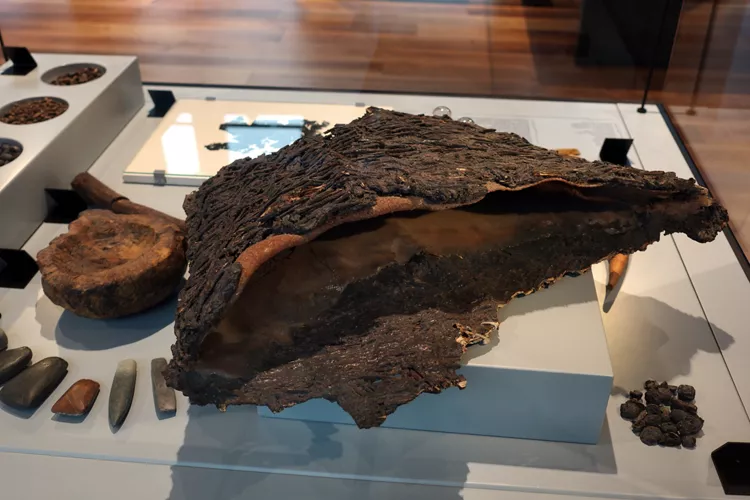
The remains of prehistoric settlements in Italy included in the UNESCO site are dated between 5000 and 500 BC, from the Neolithic to the Bronze Age.
The oldest pile dwellings dating back to the Neolithic period have been identified on Isolino Virginia in Lake Varese, Lombardy.
The pile dwelling village on Lake Ledro dates back 4000 years. Numerous prehistoric artefacts have been found there that are among the best preserved in Italy, objects made of bronze, bone, stone and ceramics, which provide us with a snapshot of the evolution of daily life for more than 4 millennia.
Why pile-dwelling sites are UNESCO sites
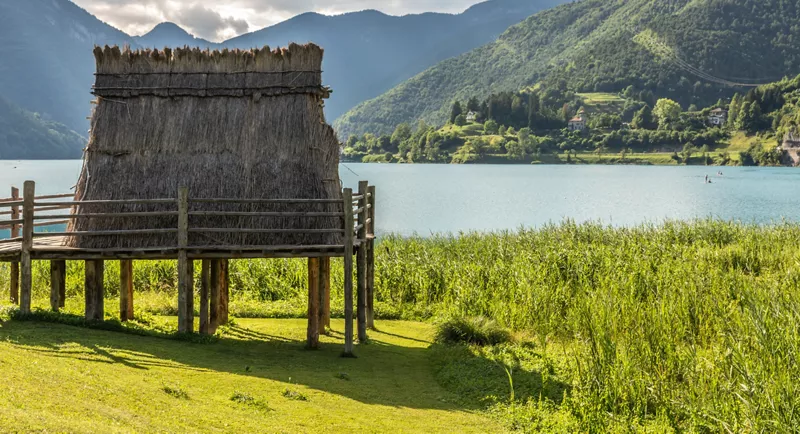
Archaeological excavations, made possible by costly surveys and archaeological research, have uncovered settlements from prehistoric Italy.
In 2011, UNESCO listed the 111 pile-dwelling sites as World Heritage Sites, important for reconstructing daily life in prehistoric times, the evolution of prehistoric agriculture, animal husbandry and metallurgy.
Of particular importance for understanding the evolution of prehistoric settlements are the Veneto pile-dwelling sites, dating from two different phases of Bronze Age occupation and settlement development.
What to see among the pile-dwelling sites
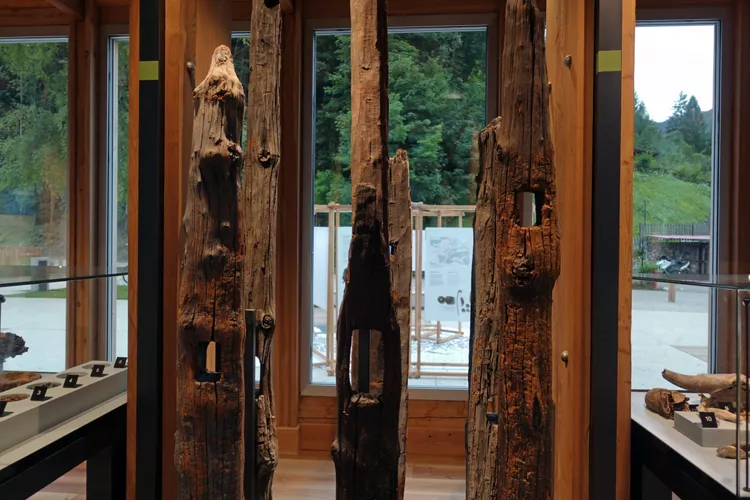
If you want to take a trip back over 4 millennia of history, you have to start at Isolino Virginia, a small oasis of tranquillity in Lake Varese, Lombardy.
The island is the oldest prehistoric pile-dwelling in the Alps and the perfect example of how man, in order to cope with the changing waters of the lake, had to adapt or move their dwellings several times, occupying different places on the island and using different materials.
The island, part of the municipality of Biandronno, houses an interesting archaeological museum with reconstructions of Neolithic dwellings and an exhibition of artefacts found during excavations.
The largest prehistoric pile-dwelling settlement has also been found in Lombardy. The remains of the piles that supported the huts, submerged a short distance from the shore of Lake Garda at Manerba del Garda and are still well preserved, have revealed the presence of extensive villages that survived for more than 4 centuries, from the 20th to the 16th century BC.
The pile-dwelling site of Palù di Livenza, between the municipalities of Caneva and Polcenigo in Friuli-Venezia Giulia, also shows signs of the evolution of pile-dwelling structures from the ancient Stone Age to the Neolithic period, when the basin changed from a lake to a marsh and then to a semi-dry bog and finally to an oak-rich forest. The driven piles and horizontal beams found at the site demonstrate the adaptability of prehistoric populations, and the use of the different materials available at the time.
The Laghetto della Costa at Arquà Petrarca in Veneto, the largest natural water basin in the Euganean Hills, concealed many artefacts dating from the Ancient Bronze Age for millennia, now preserved between the Atestino National Archaeological Museum in nearby Este and the Museo Civico in Padua.
For a truly immersive and complete experience, however, you have to go to the picturesque Lake Ledro in Trentino Alto Adige. In the late 1930s, after the water level of the lake dropped, the valuable remains of a pile-dwelling village from the Early to Middle Bronze Age, between 2200 and 1350 BC, emerged.
The work done to bring the artefacts to light and give them a new lease of life will leave you speechless: the Lake Ledro Pile-Dwelling Museum, which was renovated in 2019, takes you on a tour of reconstructed huts and showcases containing unique artefacts such as fragments of plaster and flooring, remnants of linen fabric, parts of canoes and objects made of bone and bronze.
The reconstructions of the shaman's hut, the village chief's hut and the huts of farmers, fishermen and hunters are particularly impressive. A unique way to see for yourself the organisation and ingenuity of the people who inhabited prehistoric Italy.

